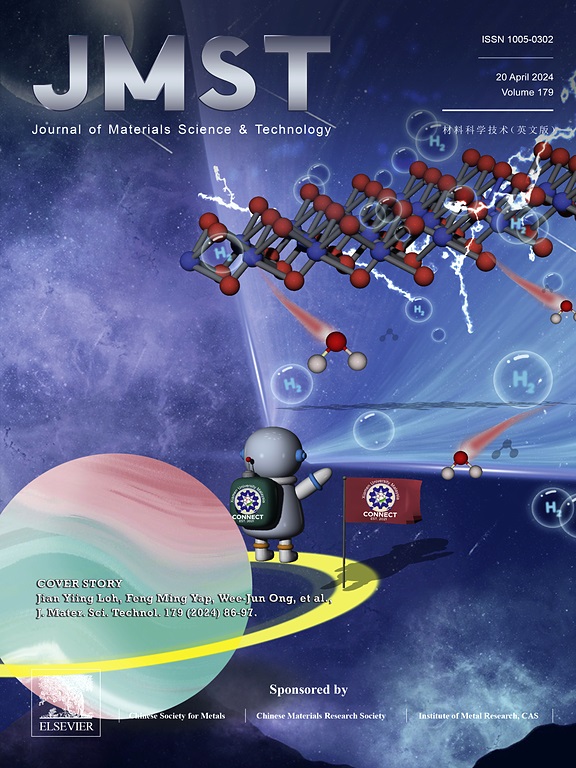Direct regeneration of severely damaged spent LiFePO4 cathodes
IF 11.2
1区 材料科学
Q1 MATERIALS SCIENCE, MULTIDISCIPLINARY
引用次数: 0
Abstract
Recycling of spent lithium iron phosphate (LiFePO4, LFP) cathode materials is an encouraging way of resource reuse to alleviate environmental issues. Nevertheless, traditional regeneration techniques are usually too complicated and difficult to industrialize, especially no longer applicable to severely degraded LFP cathodes. Herein, we report a novel physically confined-domain pressure sintering method for large-scale direct regeneration of severely degraded spent LFP cathodes (less than 20% residual capacity). By constructing physically confined domains, the interface interaction between lithium ions (Li+) and the cathode is enhanced and the potential barrier during relithiation is thus decreased, facilitating the insertion of Li+ into vacancies. The internal residual conductive carbon builds a reduced circumstance to promote the conversion of the Fe (III) to Fe (II) phase and reduce the Li-Fe anti-site (FeLi) defects. The broken small particles (heterogeneous phase) are in-situ re-synthesized into complete olivine structures driven by external pressures. The capacity retention of the regenerated LFP cathodes was 88.8% after 1500 cycles at 5 C. This work provides one-step, highly efficient, and scalable technology for direct regeneration of severely degraded LFP into high-performance cathode materials.

严重损坏废旧LiFePO4阴极的直接再生
废旧磷酸铁锂(LiFePO4, LFP)正极材料的回收利用是一种令人鼓舞的资源再利用方式,可以缓解环境问题。然而,传统的再生技术通常过于复杂和难以工业化,特别是不再适用于严重退化的LFP阴极。在此,我们报告了一种新的物理限制域压力烧结方法,用于严重降解的废LFP阴极(剩余容量小于20%)的大规模直接再生。通过构建物理约束畴,增强了锂离子(Li+)与阴极之间的界面相互作用,从而降低了还原过程中的势垒,有利于Li+插入空位。内部残余导电碳构建还原环境,促进Fe (III)相向Fe (II)相转化,减少Li-Fe反位(FeLi)缺陷。破碎的小颗粒(非均相)在外部压力的驱动下原位重新合成成完整的橄榄石结构。在5℃下循环1500次后,再生的LFP阴极的容量保持率为88.8%。这项工作为将严重降解的LFP直接再生为高性能阴极材料提供了一步、高效、可扩展的技术。
本文章由计算机程序翻译,如有差异,请以英文原文为准。
求助全文
约1分钟内获得全文
求助全文
来源期刊

Journal of Materials Science & Technology
工程技术-材料科学:综合
CiteScore
20.00
自引率
11.00%
发文量
995
审稿时长
13 days
期刊介绍:
Journal of Materials Science & Technology strives to promote global collaboration in the field of materials science and technology. It primarily publishes original research papers, invited review articles, letters, research notes, and summaries of scientific achievements. The journal covers a wide range of materials science and technology topics, including metallic materials, inorganic nonmetallic materials, and composite materials.
 求助内容:
求助内容: 应助结果提醒方式:
应助结果提醒方式:


